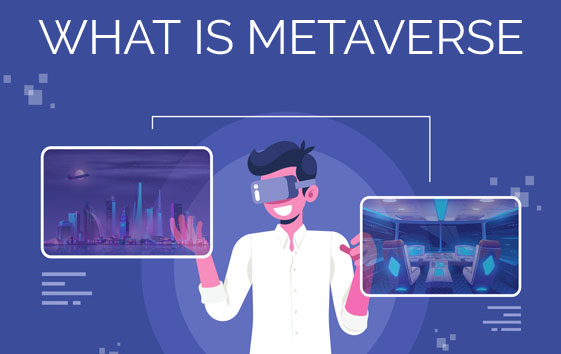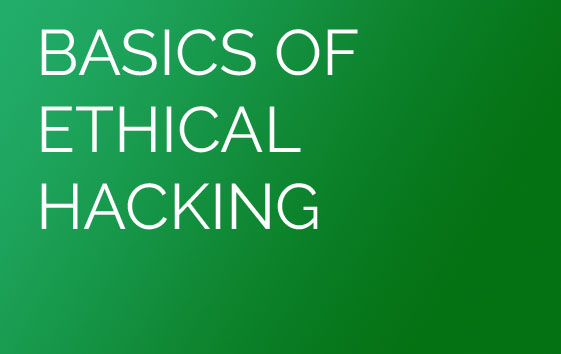Hi Friends...
My New blog on What is Dissertation and its components. The final year of graduate school is an exciting time. For others, dissertation panic begins to set in.
After all, penning a 100+ page manuscript, defining your further academic career and integrity is a pretty big deal. It is alright to worry that you are making not enough progress on your Ph.D. dissertation. However, you should not let that fear cripple your ability to actually get down to writing.
What is a Dissertation?
A dissertation is a book-sized manuscript describing the
original research performed to earn the Ph.D.
Your dissertation is a direct
demonstration of your academic excellence and serves as an illustration of your
field expertise. Conversely, this document demonstrates that you have earned
your stripes and can transition from being a student to becoming a scholar.
Your dissertation timeline will
depend on the topic you have chosen and the amount of time you will need to
complete your research. In most cases, plan to spend up to 18 months on doing
the prep work for your dissertation and around 3-5 months on actually writing
the manuscript.
The two main descriptors of a
dissertation are:
-
Originality
your dissertation should provide
some novel, unique hypnosis or evidence to it.
-
Substantial
while you certainly cannot capture
all the research, theories, and experimentation that you undertook during
your Ph.D., your dissertation should fully cover the key findings you have
made during your work.
The Standard Dissertation Structure Explained
The goal of a dissertation is to
provide formal arguments that back up your thesis. To keep the narrative
coherent and well-organized, you are expected to organize all your scientific
knowledge into specific categories dissertation chapters.
One of the most commonly used
structures for the dissertation is as follows:
1.
Abstract
2.
Introduction
3.
Literature review
4.
Methodology
5.
Research findings
Now, let's zoom in on each one
of them!
1.
Abstract
An abstract is a summary of your
dissertation that appears at the beginning of the document. It provides readers
with a concise explanation of your research question, objectives, methods, and
your most meaningful outcomes. However, this is not always a mandatory
inclusion. You should double-check the normal practices within your expected
industry.
2.
Introduction
A dissertation introduction is
somewhat of a technical part that states the nature of the problem you plan to
explore (your thesis) and lists the research questions. It also defines the
significance of the research, communicates the key terminology, and briefly
discusses prior/related work in the field.
3.
Literature Review
The literature review section
showcases that you already did background research on the matter and understand
what other experts in your domain think on the same subject.Typically, this
section should explain the conceptual or theoretical framework that you are
using and then provide a brief review of all the sources you have read in your
research, organized by a certain theme.
4.
Methodology
Methodology stands for a
detailed description of your research methods. This includes an overview of
your research participants, setting, data collection methods, instruments, and
data analysis. Here are some key points that you must mention:
-
Whether you will use quantitative
methods, qualitative methods, or both.
-
Why you have chosen these methods.
-
How you collected data.
-
How you analyzed the data.
-
Tools you used while conducting research.
Research findings will
constitute the bulk of your dissertation. They can take up to 2 3 separate
chapters (some dissertation topics demand that level of depth).
All of your findings should be
logically organized, either by research questions or hypotheses, and reinforce
the initial thesis statement that you have made. The findings section is usually
the most challenging to write and organize, so do not push yourself to write it
well for the first time. Instead, plan more time for it during the dissertation
editing stage.
Conclusion, Discussion, and Future Consideration
In this final section, you will put a summary of your findings, conclusions, and suggestions for future research. This will repeat some information in the findings chapter. The key the difference is that this is the part of the dissertation that includes your interpretations.
Thanks
Sourabhgupta.com























